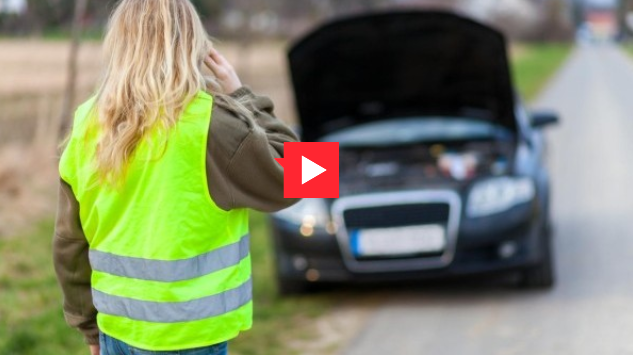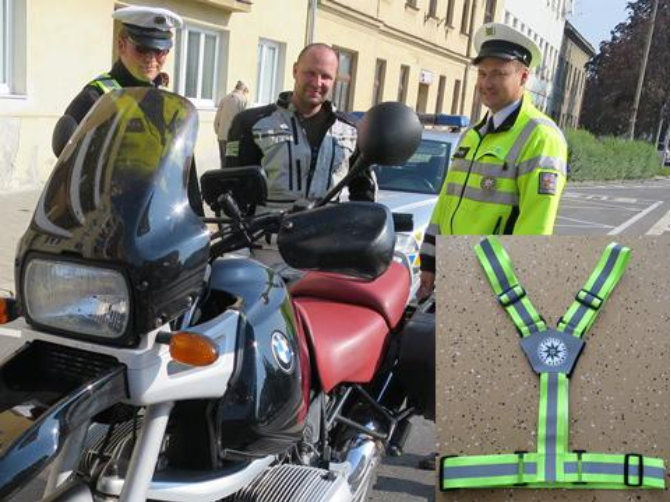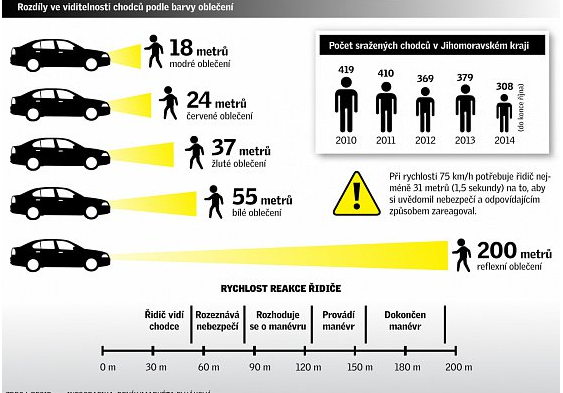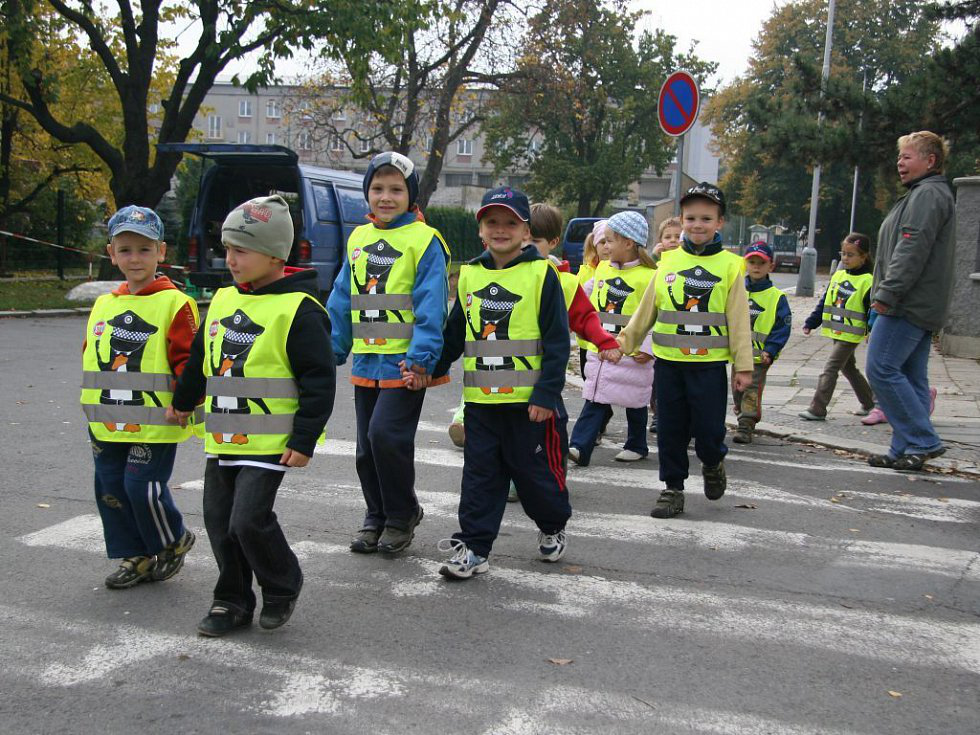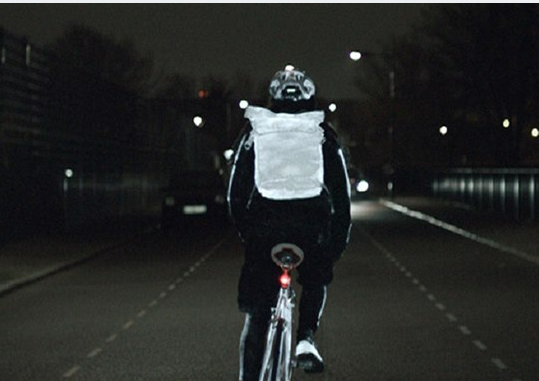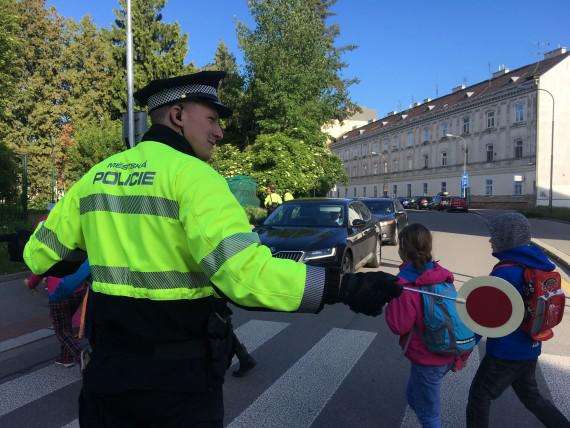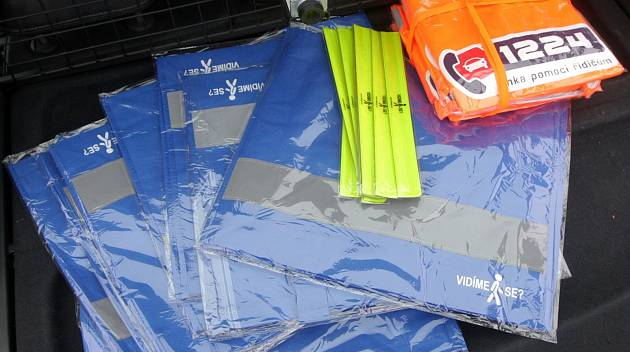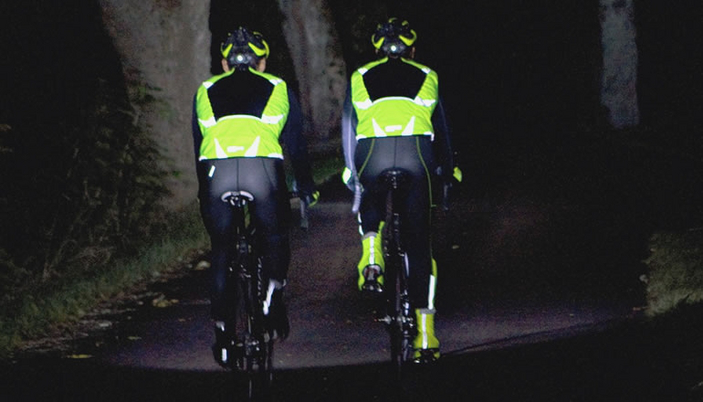The end of the school year is coming and most people are going on holiday. If you choose a car instead of an airplane, you should know the rules that may vary from country to country. The differences are, for example, in the level of alcohol behind the wheel, speed or the use of child seats.
Advertisement
Some people go on holiday by car without knowing in advance what rules apply in the countries. Then they are surprised to be fined.
There, for example, they read that in Croatia or Italy drivers can drive a car with up to 0.5 per mile, in Greece, there is a ban on smoking behind the wheel in the presence of children under 12 years or pregnant women.
Croatia
A popular destination of Czechs tolerates 0.5 per mille behind the wheel of drivers of a car older than 24 years. If you break the rule, there is a fine, ranging from 500 Croatian kunas (over a thousand crowns) and above. It is mandatory to carry a reflective vest, a first-aid kit or a warning triangle. The lights must be switched on in low visibility and winter (from the last Sunday in October to the last Sunday in March), for motorcycles all day.
The speed limit is 130 km / h on the highway, 120 km / h for drivers under 24 years of age and less than two years’ experience. Outside the municipality is valid 90 km / h, ten kilometers less must be driven again by drivers under 24 years of practice less than two years. In the village, the speed limit for all drivers is 50 km / h.
Child seats are compulsory up to five years of age. Between five and 12 years old, the child must have a three-point belt and at least a seat cushion. Children up to two years old can travel in the front in an egg car seat or over 12 years of age.
Italy
In Italy you can drive at 0.5 per mille as in Croatia, only there is a minimum age of 21 years. If you fail to comply with the rules, you may be fined up to 530 euros (over 13,000 crowns). Reflective vests are mandatory for all passengers, you must also carry a first aid kit and a warning triangle to be placed on the vehicle, next to the vehicle, or if necessary, use warning lights. According to BESIP, daytime running lights are only mandatory on motorways or tunnels.
Car drivers can drive on the motorway 130 km / h, outside the village 90 km / h and in the village 50 km / h. If you drive less than three years, you have to keep the speed limit of 110 km / h on the highway, outside the village and in the village then the same speed as other drivers.
The child car seat must have children weighing less than 36 kilograms and not exceeding 150 centimeters. In Italy, it is also mandatory for a child under the age of nine to travel in an egg and the opposite direction.
Smoking in a car with children under the age of 17 or pregnant women is prohibited. The fine for non-compliance ranges from 500 to 5000 euros.

